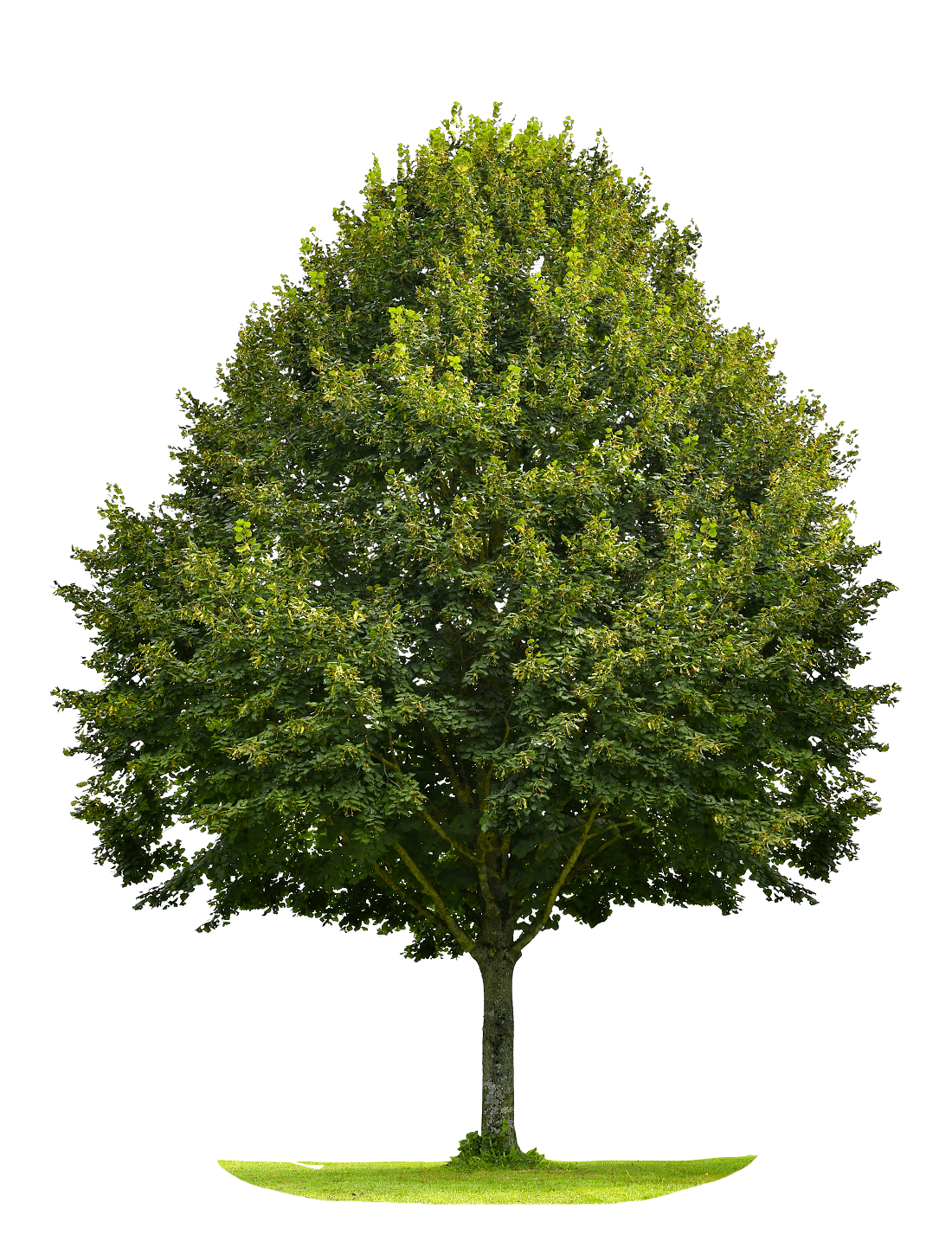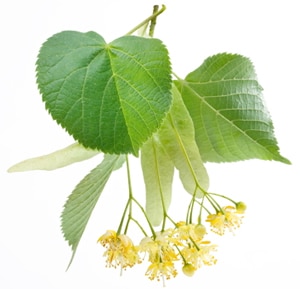
Plant Profile: Linden/Lime (Tilia spp.)
From Herbalist Erin Smith
This time of year the air is sweet with Linden. These beautiful trees provide luscious green shade and have a sweet, sensuous smell that will stop you in your tracks. If you’ve ever walked down a street and suddenly stopped and said, “Whoa, what is that?!” Look up. It is most likely a Linden. Due to their thick foliage and wonderful scent, Linden trees were historically planted in cities throughout Europe and North America for their cooling shade and ability to mask the strong city odors of the time. So thankfully they are now abundant.
Linden flowers (and bract – the leaf-like structure attached to the flowers) make a beautiful and delicate tea that eases tension and anxiety and has an overall calming effect to the body, making it an excellent evening tea to aid sleep. It can also be used to ease muscle tension, headaches and menstrual pain. It has an affinity for the heart and is an amazing heart tonic on all levels. It supports healthy blood pressure and works well in combination with Hawthorn (Crataegus spp.) for optimum cardiovascular health. Emotionally, the two combined can ease heartache and help heal a broken heart. Traditionally, Linden was used for convulsions.
Linden water is a skin tonic and is used in beauty preparations as well as a wash for rheumatic conditions, shingles, and itchy and irritated rashes. It is excellent to ease symptoms of cold and flu, and its heating tendencies (when taken as a hot tea) help induce sweating and support a fever’s role in fighting illness. With a light delicate flavor, it is a favorite for children.
Also known as “Lime” and “Basswood”, its soft wood is used for carving, especially intricate pieces. The Ainu of Japan use fibers from Linden bark to make their traditional clothing and baskets.
Linden honey is one of the world’s most valued honeys and is used for medicine and liqueurs. The young leaves and buds are edible and can be eaten in salads. Mature leaves were historically dried and ground and used as a thickener for stews and as a flour substitute.
There are 30 different species of Linden in North America, Europe, and parts of Asia. While Tilia cordata is the species traditionally used for its health benefits, all species can be used interchangeably. They are abundant, especially in urban areas, but if possible, avoid harvesting from trees that line busy city streets.
Take some time this summer to stop and smell the Linden. Or better yet, try one of these delicious ways to enjoy Linden!
Linden Cooler
- 1 part Linden Tea (you can use fresh or dried linden flowers)
- 1 part Lemonade
- Sliced strawberries (to taste)
If possible, make the linden tea the night before, allowing it to infuse overnight. Strain and combine with the lemonade in a large pitcher. Add the strawberries; if wanting a stronger strawberry flavor fill a 1/4 of the pitcher with slices. Add ice and serve.
Linden Infused Honey
- 1 part Linden Tea (you can use fresh or dried linden flowers)
- 1 part linden flowers
- 1 part raw local honey
Place your fresh linden flowers in a glass jar. While the bract is also traditionally used for medicinal purposes, using only the fresh flowers will make a stronger flavored honey. Cover with honey. Make sure that the flowers are completely submerged in honey. The flowers will tend to sit at the top for the first few days. If after a few days, they are still not submerged, add more honey until they are covered. Allow to sit for 2-6 weeks and use as desired. The flowers will become candied and are delicious on their own. If you wish to remove the flowers after infusing, then place the flowers in a make-shift tea bag made out of cheesecloth and place in jar (with the edges sticking out of the top so it will be easy to remove later). Cover with honey. After it has infused, lightly warm the honey (do not over heat) until it has a more liquid consistency and remove the “tea bag”. For a lighter flavored honey, cut the amount of flowers used in half.
A version of this article originally appeared at integrativebotanical.com and is used with permission. You can learn more about Integrative Family Medicine of Asheville, and how we do medicine differently by visiting our “about’ page!

